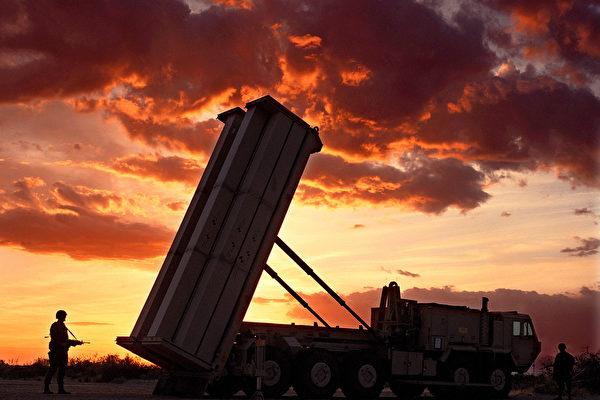The executive order acknowledges that similar ambitions are not new. It references President Ronald Reagan’s Strategic Defense Initiative, noting that while it “resulted in many technological advances,” the program was ultimately “canceled before its goal could be realized.”
However, the current order justifies renewed urgency, asserting that “over the past 40 years, rather than lessening, the threat from next-generation strategic weapons has become more intense and complex.” It specifically cites adversaries’ development of “next-generation delivery systems and their own homeland integrated air and missile defense capabilities.”
Lessons Learned From the 1980s
President Reagan’s Strategic Defense Initiative (SDI) of the 1980s—“Star Wars“—sought to create a space-based shield against Soviet ICBMs. Despite its astronomical vision, SDI never fully materialized due to several critical factors: technological overreach, sky-high costs, lack of coordination, and unrealistic goals without clear, phased implementation plans. The SDI called for—among other things—directed energy weapons to defeat enemy ICBMs at a time when such weapons were either embryonic or still in the realm of science fiction. When the INF and START treaties were signed in 1987 and 1991 respectively, the need for SDI quickly faded along with the Cold War.The need for missile defense however, did not. The Golden Dome executive order indirectly refers to the SDI when it says, “Over the past 40 years, rather than lessening, the threat from next-generation strategic weapons—including hypersonic—has become more complex with the development of next-generation delivery systems by our adversaries.” Hopefully, unlike Disney’s recent efforts, this Star Wars sequel won’t be a disappointment.
Building on Proven Technologies
Golden Dome is an opportunity to leverage existing, proven defense technologies rather than incurring the massive cost-reimbursement contracts of all-new development. The U.S. has been refining these capabilities over decades through AIAMD, THAAD, Patriot, Aegis BMD, and the Ground-based Midcourse Defense (GMD), along with close, ongoing cooperation with the Israelis. These established systems provide the initial foundation upon which the Golden Dome can build. What is needed is to bring these systems all together with improved short-range sensors, and network them together on a scale like the planned Joint All-Domain Command and Control (JADC2) system.Lessons in Integration
America’s defense challenges differ substantially from those of our allies and adversaries. But there are still valuable lessons to be drawn from successful past integration efforts. The development of layered defense networks by other nations demonstrates that combining technologies from multiple sources into a coherent system is possible with proper coordination and leadership.The Challenge
Bill Morani, undersecretary of defense for acquisition and sustainment, noted that Golden Dome is “[both a] monster systems engineering problem [and] a monster integration problem.” The Missile Defense Agency (MDA) has established a phased Golden Dome timeline for capability delivery from 2026 to past 2030. Meeting these deadlines on a project of this scale will require an enormous amount of coordination between government agencies, stakeholders, and defense contractors.Starting Small: Guam
Rather than beginning with the overly ambitious goal of covering the contiguous United States, Golden Dome would benefit from a focused approach similar to Israel’s incremental development of its multi-tiered defense system. Guam presents an ideal testbed—a crucial and geographically contained area facing substantial threat from China, including thousands of drones and hundreds of cruise missiles and tactical ballistic missiles.The Way Ahead
Golden Dome needs clear, achievable milestones with tangible benefits at each stage. The defense of Guam represents an ideal first objective—strategically important, geographically defined, and facing concrete threats. Success there would validate the approach before expansion to other critical areas.Conclusion
The Golden Dome initiative represents America’s most significant integrated missile defense undertaking since the Strategic Defense Initiative. But unlike SDI, today’s effort benefits from mature technologies, battle-tested systems and proven capabilities, and decades of institutional knowledge within our defense industrial base.Without focused leadership and integration expertise, the President’s decree risks becoming like Coleridge’s unfinished poem “Kubla Khan”—a grand vision interrupted. Just as the golden dome of Xanadu existed only as a fragmented vision in a dream, so too might America’s Golden Dome remain incomplete without the right military-industrial partnerships and strategic approach.
For Golden Dome to succeed where SDI faltered, it must incorporate the solidity of established defense primes with the liquid agility of newcomers, all while keeping costs in check and timelines tight. The DoD faces a daunting challenge, but with Guam as a proving ground and battle-tested technologies as building blocks, the initiative stands a fighting chance of fulfilling the President’s vision: a shield capable of protecting American power projection in an era of proliferating threats.



